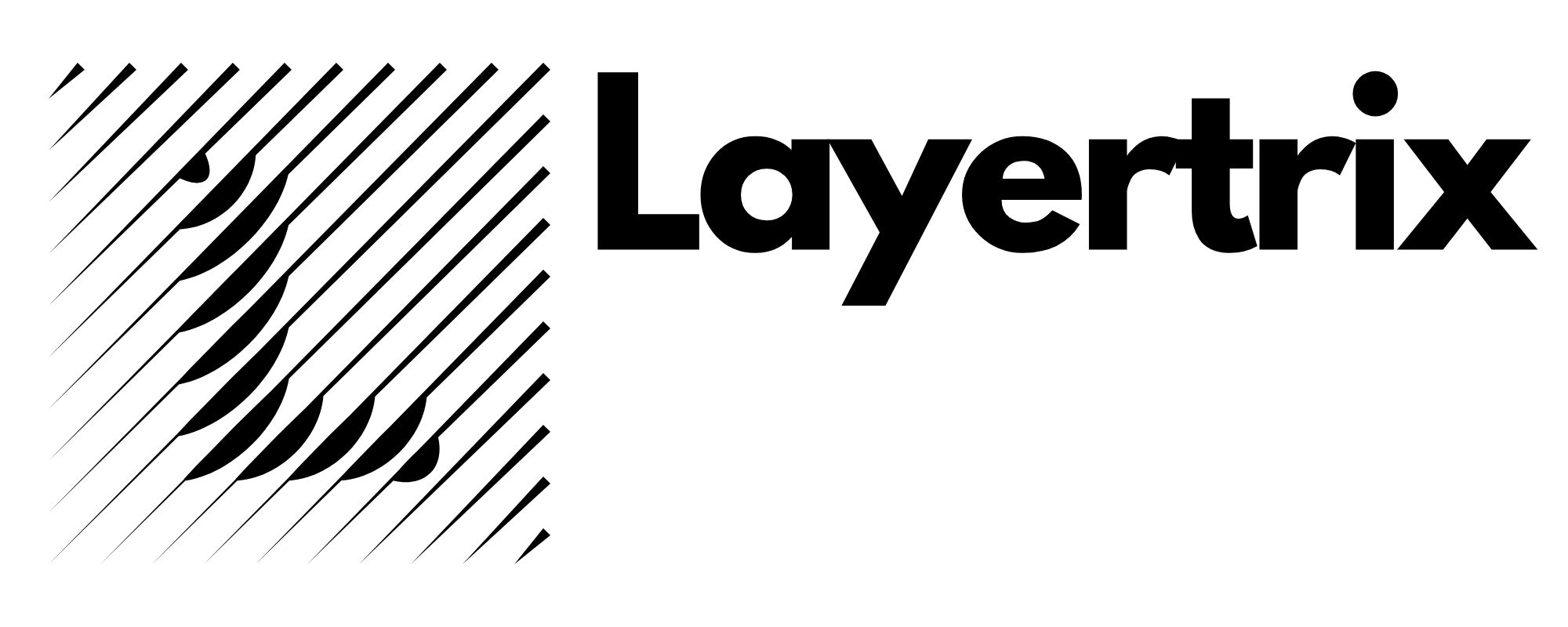Engaging Discussions on Layering Techniques: Community Insights and Tips

In the ever-evolving world of technology, the concept of layering has become an essential strategy for organizing and optimizing complex systems. As professionals and enthusiasts continue to adopt and refine these methods, it is crucial to engage in discussions that explore the nuances of layering techniques. These conversations foster a deeper understanding of how layered systems work and how they can be applied effectively across different fields, from software development to hardware design. In this article, we explore the value of community discussions and insights into layering techniques, offering tips and best practices shared by industry experts and practitioners.

One of the primary benefits of engaging in discussions about layering techniques is the exchange of real-world experiences. In online forums, meetups, and webinars, practitioners often share their challenges and successes in implementing layered systems. These conversations provide an invaluable opportunity to learn from others who have faced similar obstacles, such as integrating different layers effectively or overcoming performance bottlenecks. By learning from peers, newcomers to the field can avoid common pitfalls and adopt more efficient strategies in their own projects.

Another critical aspect of these discussions is the ability to stay up-to-date with the latest innovations in layering technology. As new tools, frameworks, and methodologies emerge, the landscape of layered systems evolves. By actively participating in community discussions, developers can learn about the most recent trends, like the shift toward microservices, containerization, and serverless computing. This helps them keep pace with industry changes and adopt the most relevant technologies for their work. Additionally, engaging in these conversations allows individuals to ask questions, seek advice, and get feedback on their own projects, fostering a sense of collaboration and continuous improvement.

Experienced professionals often share their best practices for implementing layered systems, helping to refine the techniques used across different domains. For example, they might offer tips on how to structure the layers for better modularity, scalability, and maintainability. They also discuss how to test each layer independently to ensure that the system functions as expected. These insights often lead to a more robust understanding of how layering can be adapted to meet the specific needs of a project, whether it’s a small web application or a large-scale enterprise system.

Ultimately, discussions about layering techniques help create a community of knowledge sharing, problem-solving, and innovation. They encourage the exchange of ideas and solutions that can make layered systems more efficient, flexible, and future-proof. By participating in these conversations, technology professionals and enthusiasts can stay ahead of the curve, build better systems, and contribute to the collective advancement of the field.


